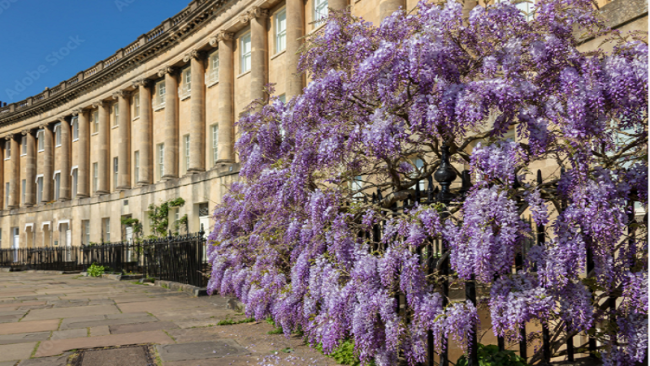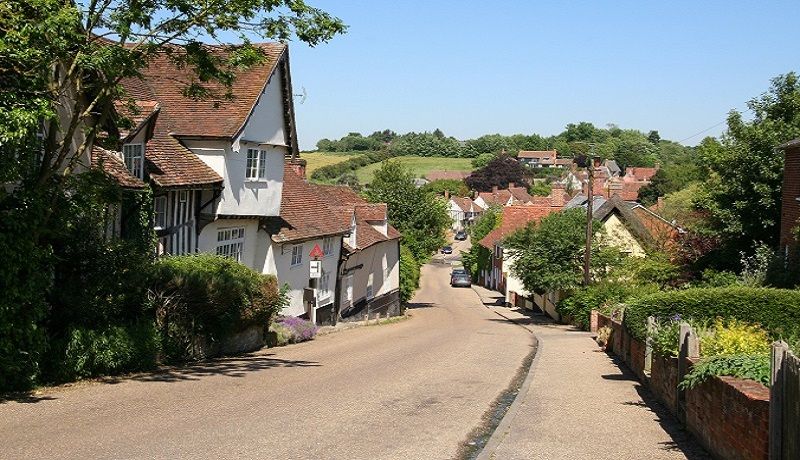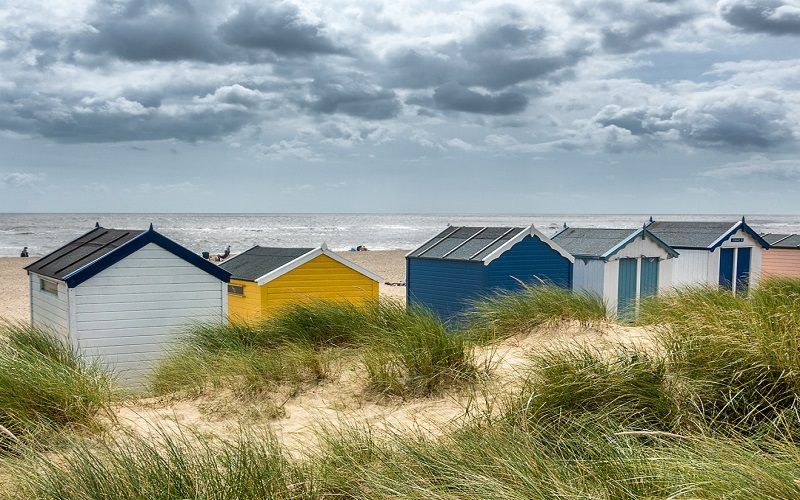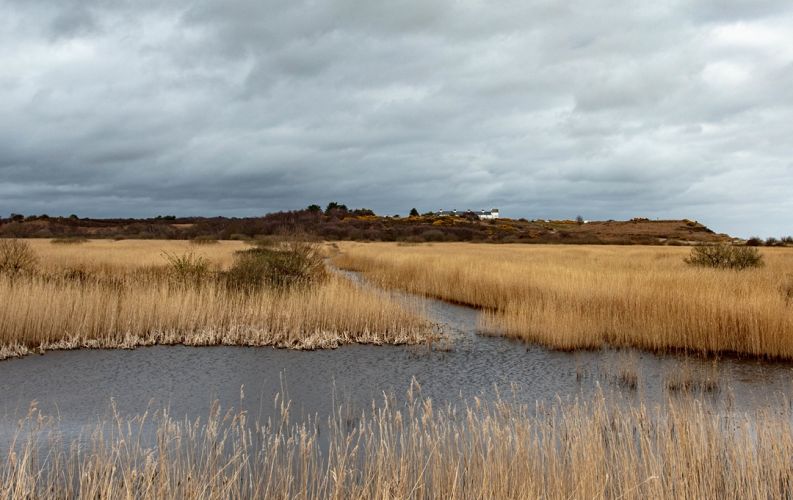
Take 5… Homes for Bridgerton fans
As we binge season two this week, we’ve picked five truly wonderful homes that Lady Wistledown herself would approve of.


Suffolk is a county with its history rooted in agriculture: the farming heritage has created a county of open fields, hedgerows, and copses. The rural idyll is happily preserved with very few major roads and motorways marring the countryside.
 In the northwest corner are the Fens, whilst the south is typified by low undulating hills, and the Suffolk Heritage Coast running from near Lowestoft all the way down to Felixstowe – home to over 50 miles of beaches.
In the northwest corner are the Fens, whilst the south is typified by low undulating hills, and the Suffolk Heritage Coast running from near Lowestoft all the way down to Felixstowe – home to over 50 miles of beaches.
The architectural style of the traditional timber framed Suffolk houses are enhanced by wonderful colours: incidentally, creative builders and masons originally created the ‘pink’ wash by mixing pigs blood with chalk and clay! Suffolk is packed with interest: from castles to medieval towns, archaeological finds, stately homes and gardens, over 60 nature reserves, and events for all tastes – from Latitude to the world-famous Aldeburgh Festival.
Sharnie, Head of our Suffolk office, reveals her top hotspots for this sometimes ‘forgotten’ county.
Woodbridge: the “gem in Suffolk’s Crown, this market town is found on the edge of the Suffolk Coast and Heath Area of Outstanding Natural Beauty. It has been named the best place to live more than once! Woodbridge has a history of rope-making, sail-making and boat-building - even Sir Francis Drake had his fighting ships built here. The town is also home to the earliest working Tide Mill - one of only two in the UK. Now, residents enjoy excellent shops, superb pubs and restaurants, festivals, farmers and antique markets.
Bury St Edmunds: The Abbey here grew to become the fourth-largest monastery in Europe and an important site of pilgrimage prior to its dissolution. It then became a source of quarry stone for local builders, so that only remnants remain. Today, the ruins of the Abbey form part of the Abbey Gardens, a public park, but the town's medieval heritage is still visible in much of the street plan of the town centre which has not changed in 1000 years. The twice-weekly market attracts thousands of shoppers (inhabitants and visitors alike!); the market has been in existence for nearly as long as the Abbey. Now known as “Suffolk’s Foodie Town”, it hosts the UK’s largest brewers and the only Michelin starred restaurant in the county.
Framlingham Castle: Surrounded by parkland and a picturesque lake, Framlingham Castle was once at the centre of a vast network of power and influence. The owners for over 400 years were the Earls and Dukes of Norfolk, the supreme magnates in East Anglia. The castle origins began in 1086 as a timber fortress. It was home to Mary Tudor, or ‘Bloody Mary’, where she was proclaimed Queen of England. By the 17th-century, it had become a poorhouse. Now you can enjoy the spectacular wall walk – and enjoy views over the countryside from the 10.5m curtain wall.
Dedham Vale: An area of Outstanding Natural Beauty, it is part of the area known as Constable Country, as it was made famous by the works of John Constable in his Dedham Vale paintings, now held in the V&A Museum and the Scottish National Gallery. The Hay Wain, probably his most famous work, also evokes a Suffolk scene created from sketches made over several years.
Sutton Hoo: In 1939, the Sutton Hoo archaeological discovery changed our understanding of the some of the first chapters of English history. Brought to public consciousness in the film “The Dig”, the tale of the excavation of The Great Ship burial was an incredible true story which altered expert opinion on how the Anglo-Saxons lived. The dig is immortalised in an exhibition, while visitors are also able to soak up the atmosphere at the Royal Burial Ground.

Suffolk Coast: Whether you want to enjoy a day on the beach, sample local food or are a lover of wildlife, the Suffolk Coast ticks all those boxes and more. The east coast has seaside towns, villages on the Suffolk broads, cycle routes, intriguing marshland vistas for nature lovers, and historic market towns for foodies. All this, and 50 miles of coastal path to explore.
Shotley Peninsula: An unspoiled area of Suffolk with scenic views and landscapes, the Shotley Peninsula sits between two Suffolk rivers, the Orwell and the Stour. The area is a sailor’s paradise with both the rivers and Alton Water reservoir popular sailing destinations, where beginners and experienced alike can take to the water. Salt marshes and intertidal mudflats are home for estuary birds, wild fowl and waders, as well as otters and water voles.
Stour Valley: The River Stour forms most of the county boundary between Suffolk and Essex. The beautiful Stour Valley Path runs for 60 miles, between Newmarket in the west near the source of the River Stour, to Cattawade in the far south east where the river joins the estuary at the border with Essex. Along the way walkers pass through areas of historical interest and the Dedham Vale Area of Outstanding Natural Beauty, enjoying the landscapes that so inspired Constable’s paintings.

Debenham, Mid Suffolk: What makes this village so stand out is the sheer number of historic buildings. There are 94 listed buildings - 86 listed Grade II, 7 listed Grade II*, and one, the parish church of St Mary's, listed Grade I by Historic England. The centre of the village was declared a conservation zone in 1970. As a result, the village exudes 'olde worlde' charm. The name originates from the old English language and means ‘the village in a deep valley’.
RSPB Minsmere: A haven for nature on the Suffolk coast. Lovely easy walks through beautiful woodland, wetland and coastal scenery with the wildlife changing throughout the year. Truly an amazing variety of birds, wildlife, insects, and flowers. There are even volunteer guides to help you to find elusive bittern, avocet and otter.